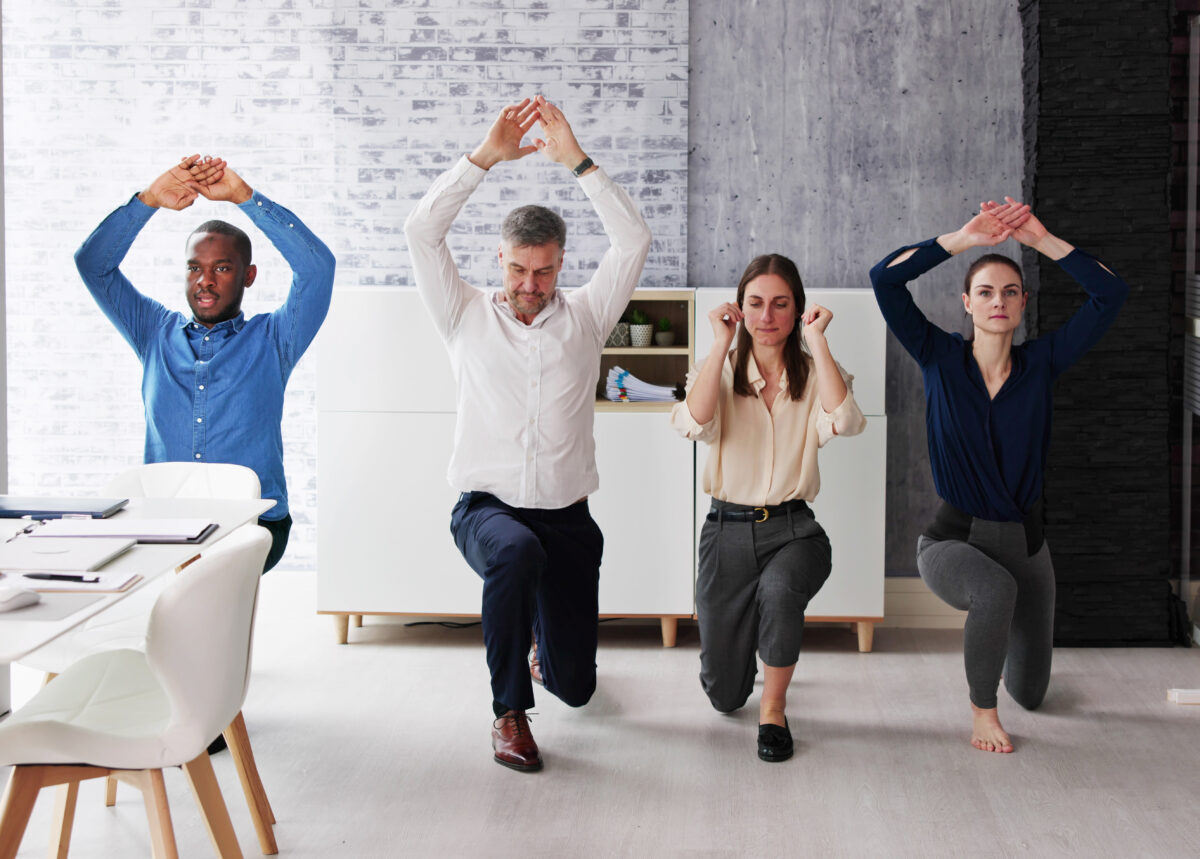
Staying Hydrated During the Summer
Summer is a time for fun in the sun, outdoor activities, and enjoying the warm weather. However, it’s also a time when staying hydrated becomes even more crucial. Proper hydration is essential for maintaining your health, energy levels, and overall well-being.
Why Hydration is Important
Water is vital for many bodily functions, including digestion, temperature regulation, and joint lubrication. During the summer, your body loses more water through sweat, making it essential to replenish fluids regularly.
Staying hydrated helps:
- Regulate Body Temperature: Water helps your body stay cool, especially in hot weather.
- Support Digestion: Adequate hydration aids in digestion and prevents constipation.
- Improve Physical Performance: Hydration boosts energy levels and enhances physical performance.
- Maintain Healthy Skin: Water keeps your skin hydrated and glowing.
Signs of Dehydration
Dehydration can sneak up on you, especially during the summer. It’s important to recognize the signs and take action promptly.
Common symptoms of dehydration include:
- Thirst: Feeling thirsty is an early sign that your body needs more water.
- Dry Mouth: A dry or sticky mouth indicates a lack of fluids.
- Fatigue: Dehydration can lead to tiredness and low energy levels.
- Headache: A headache may be a sign that you’re not drinking enough water.
- Dark Urine: Dark yellow urine is a key indicator of dehydration.
If you experience a sign of dehydration:
- Drink Water: Start by drinking water immediately. Aim for small sips if you’re feeling nauseous.
- Electrolyte Drinks: Consider drinking electrolyte-rich beverages to replenish lost minerals.
- Rest: Take a break from physical activities and rest in a cool, shaded area.
- Seek Medical Help: If symptoms persist or worsen, seek medical attention promptly.
Tips for Staying Hydrated
- Carry a Reusable Water Bottle: Keep a water bottle with you at all times. This makes it easy to sip water throughout the day, whether you’re at work, running errands, or enjoying outdoor activities.
- Set Reminders: Set reminders on your phone or use hydration apps to prompt you to drink water regularly. This can be especially helpful if you tend to forget to drink water.
- Infuse Your Water: If plain water feels boring, try infusing it with fruits, herbs, or vegetables. Infused water is refreshing and adds a burst of flavor without any added sugars.
- Drink Before, During, and After Exercise: Stay hydrated before, during, and after physical activities. Exercise increases water loss through sweat, so it’s important to replenish fluids to maintain performance and prevent dehydration.
- Make Hydration Fun: Turn hydration into a fun challenge. Set goals for daily water intake and reward yourself for meeting them.
Make hydration a priority to support your overall health and well-being. Stay cool, stay energized, and enjoy all that the summertime has to offer!
Explore additional resources:
Mayo Clinic: How to stay hydrated over the summer
USDA Nutrition.gov: Water, Hydration, and Health



 Water, happy or old couple in nature for fitness training, workout challenge target or exercise goals. Toast, cheers or or senior woman hiking, walking or exercising with mature partner in a park.[/caption]
Water, happy or old couple in nature for fitness training, workout challenge target or exercise goals. Toast, cheers or or senior woman hiking, walking or exercising with mature partner in a park.[/caption]
 leisure and people concept – young woman reading book in bed at night home[/caption]
leisure and people concept – young woman reading book in bed at night home[/caption]














